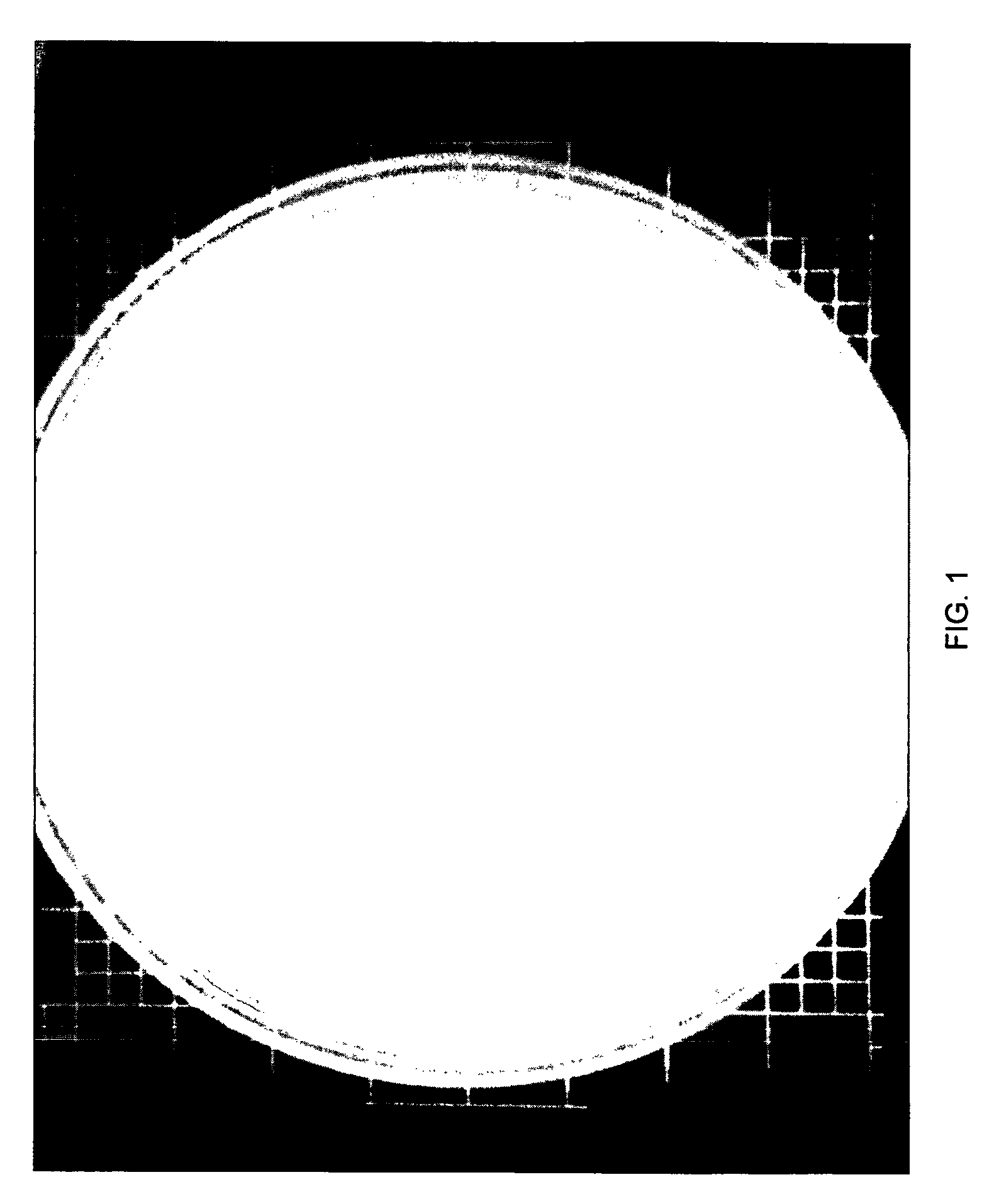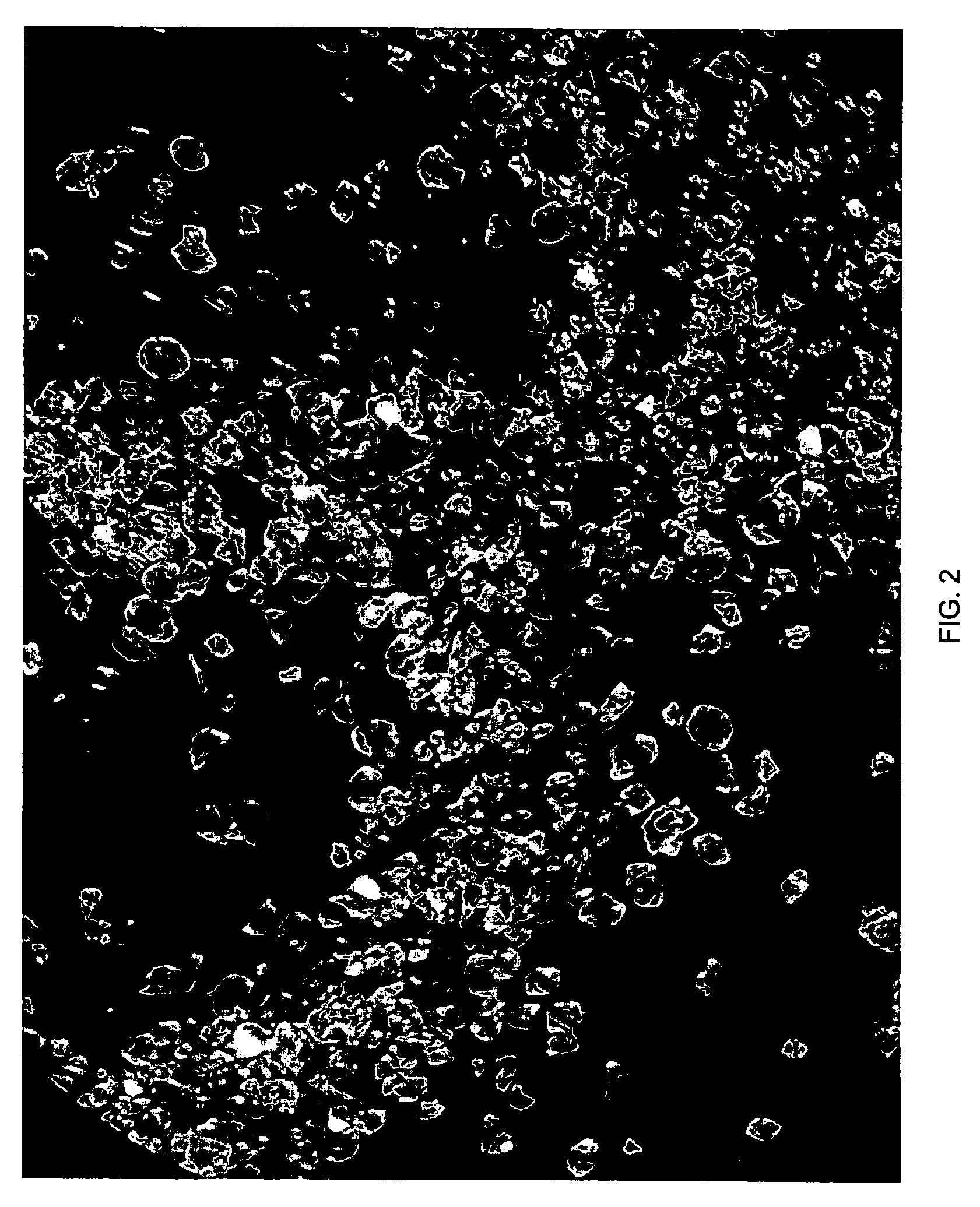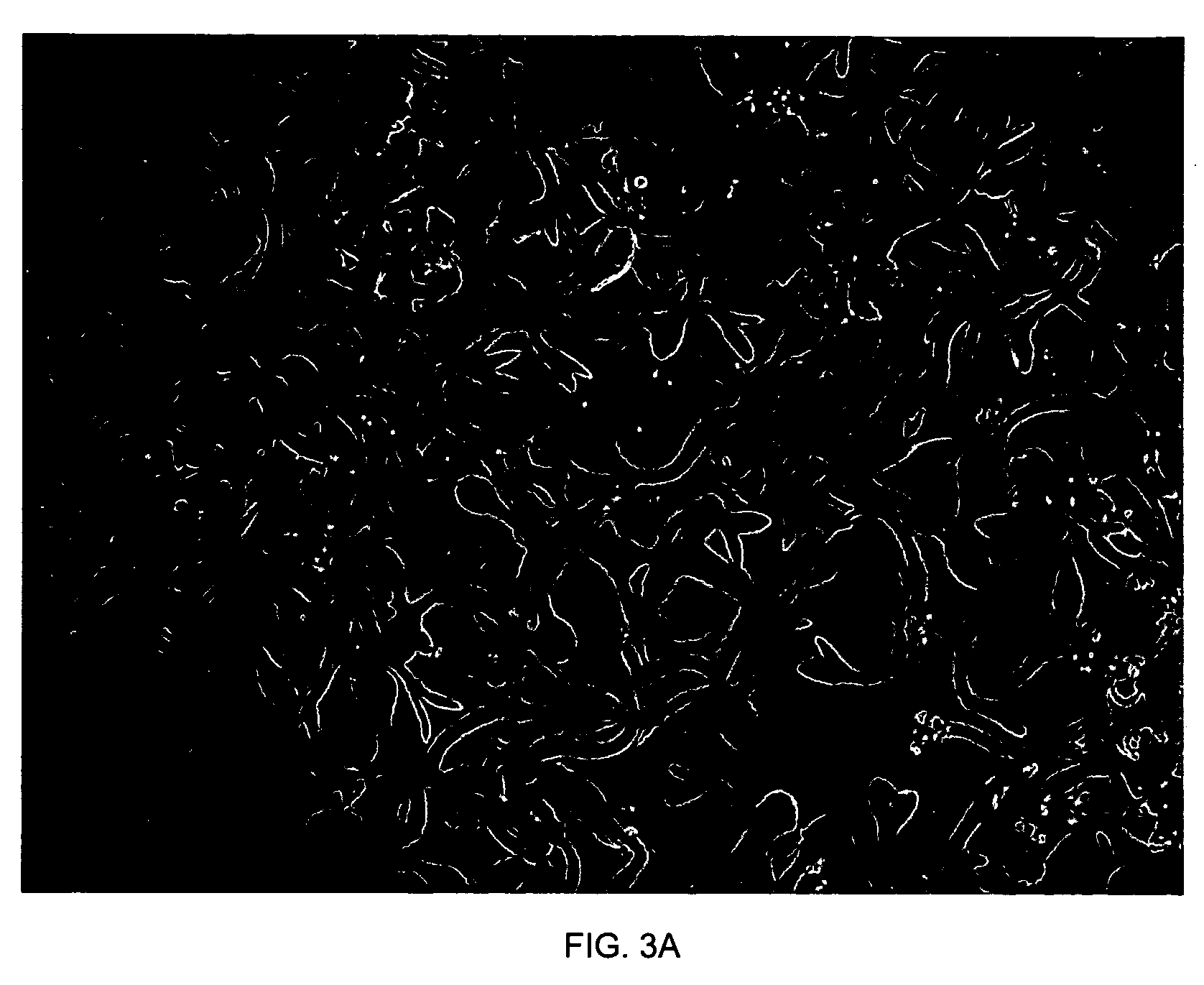Bacteriophage for lysis of Methylobacterium and compositions and uses thereof
a technology of methylobacterium and lysis, applied in the field of bacteriaophage, can solve the problems of little subsequent research, the therapeutic use of phages gradually falling out of favor,
- Summary
- Abstract
- Description
- Claims
- Application Information
AI Technical Summary
Benefits of technology
Problems solved by technology
Method used
Image
Examples
example 1
[0059]Phages were isolated from water, soil, and plant material in the greenhouse attached to Devilbiss Hall on the SU campus as follows: Water samples (with associated soil, plant material etc) from a floor drain, from around the base of flower pots, from the muck on the greenhouse benches, etc, were collected and returned to the lab. In the lab, 50 mL cultures of PPFM bacteria (soybean isolate, SL1, ATCC 202211) were inoculated with 1 mL aliquots of the greenhouse samples and incubated for 5 days on a shaker (225 rpm) at room temperature. This constituted an enrichment step, since it was expected that phages if present in the greenhouse samples, would be at very low titer. Following the enrichment, the cultures were centrifuged (7000 rpm, 10 minutes in a clinical, swinging bucket centrifuge) to remove whole cells and debris. Supernatants were then filtered through a 0.2 μm filter. Such a filter will allow bacteriophages to pass through, but will retain bacterial cells and cellular...
example 2
[0060]Medium AM1, routinely used for the culture of Methylobacterium was modified by the addition of lactalbumin hydrolysate (2.6 g per liter), yeast extract (2 g per liter), and lactose (4 g per liter). These additions are suggested by the method of Lindner et al in U.S. Pat. No. 6,255,467. The medium was sterilized by autoclaving before use.
[0061]Flasks of 125 mL of the above medium were inoculated with whole human blood of the primary inventor (4 drops per flask, harvested from the fingertip) in a sterile containment hood. The flasks were incubated at room temperature on a gyrotary shaker (235 rpm).
[0062]After 4 days, the inoculated flasks began to show signs of bacterial growth. Small samples of the inoculated medium were withdrawn and examined microscopically. The bacteria matched in size and shape the description and micrographs made by Lindner in the above referenced patent. Growth characteristics of the cultures are very similar to those of other Methylobacterium cultures we...
example 3
[0064]Example 2 was repeated substituting the human blood bacterium, HBB, for each of the following Methylobacterium species:
[0065]Methylobacterium mesophilicum;
[0066]Methylobacterium radiotolerans;
[0067]Methylobacterium extorquens;
[0068]Lab isolate SL1 (ATCC 202211);
[0069]2 lab isolates from Barley;
[0070]2 lab isolates from Celosia;
[0071]2 lab isolates from broccoli; and
[0072]2 lab isolates from soy seed coat.
[0073]In each of the above tests, either an aqueous dilution of phages was used to infect a liquid culture of the PPFM and the culture observed for lysis as in Example 2 or phage dilutions were spotted onto the surface of a PPFM lawn and observed for the appearance of cleared zones of lysis in the bacteria as shown in FIG. 1. (lawn=several mLs of a PPFM culture poured on to the surface of a Petri dish of solidified PPFM medium and allowed to grow until covering the surface of the dish). In each of the above experiments, lysis of the bacteria by the bacteriophages was observ...
PUM
| Property | Measurement | Unit |
|---|---|---|
| molecular weight | aaaaa | aaaaa |
| molecular weight | aaaaa | aaaaa |
| weight | aaaaa | aaaaa |
Abstract
Description
Claims
Application Information
 Login to View More
Login to View More - R&D
- Intellectual Property
- Life Sciences
- Materials
- Tech Scout
- Unparalleled Data Quality
- Higher Quality Content
- 60% Fewer Hallucinations
Browse by: Latest US Patents, China's latest patents, Technical Efficacy Thesaurus, Application Domain, Technology Topic, Popular Technical Reports.
© 2025 PatSnap. All rights reserved.Legal|Privacy policy|Modern Slavery Act Transparency Statement|Sitemap|About US| Contact US: help@patsnap.com



